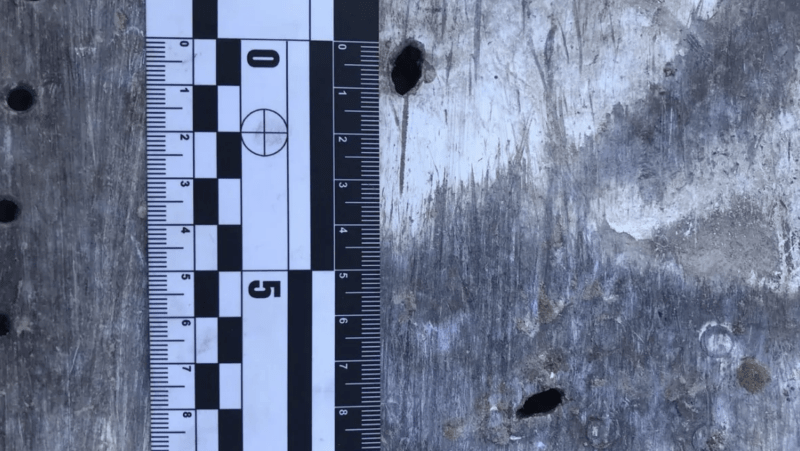The events of the investigation have moved quickly in the past few days, but we must be prepared for the pace to slow down drastically, soon.
The Ukrainian investigators were on the site only a day later and examining the wreckage. They were well prepared for what they would see given their recent experience with MH17. The lead investigator says they kept their opinions close to their chest for another day or so. No sense in giving the Iranians any opportunity to seize the evidence and quash the investigators' statements. They used the time to get their photographs and notes out of Iran and into the hands of Ukrainian investigators in Kyiv, where they could collect and corroborate the information. Then this was quickly shared with the other involved countries (USA, Canada, UK).
Given the very tense situation, and what could be at stake if one person says or does the wrong thing, I admire what the Ukrainian investigators have done already.
Here is a
CBC article based on an interview with Oleksiy Danilov, the head of Ukraine's National Security and Defense Council.
A photo taken of a piece of skin below. The location on the plane wasn't specified. It looks flat-ish with only a few rivets which only rules out parts like the wing leading edges, nose, windshield framework or door frames. It could be from any other place on the plane. The holes on the left are open rivet holes, which may have been drilled out to disassemble the part for examination, or they were torn apart in the crash and the remains of the rivets have fallen out. The rivet holes are slightly out of round but that could be either a drill-out or tear-out that did it. On the right obviously those holes were made by debris that punctured the skin, possibly traveling at an oblique angle, too. Other evidence makes is pretty obvious that this component came in contact with the ground (scraping, dirt) so I would expect a diligent investigator would check that the puncture holes could not have been caused by something it struck on the ground.
But then, the debris was moved by the Iranians. This is the perfect example of why debris must be left in place until it can be examined. This kind of evidence is obscured when the debris is moved: damaged caused by the accident VS. damaged caused by impact with the ground. Today, there's no question it was caused by explosive debris, but now only because the Iranians admitted to it. Imagine how hard it would be to convince an Iranian authority (if the admission had not been made) and they claimed that the debris had landed on sharp objects on the ground?

